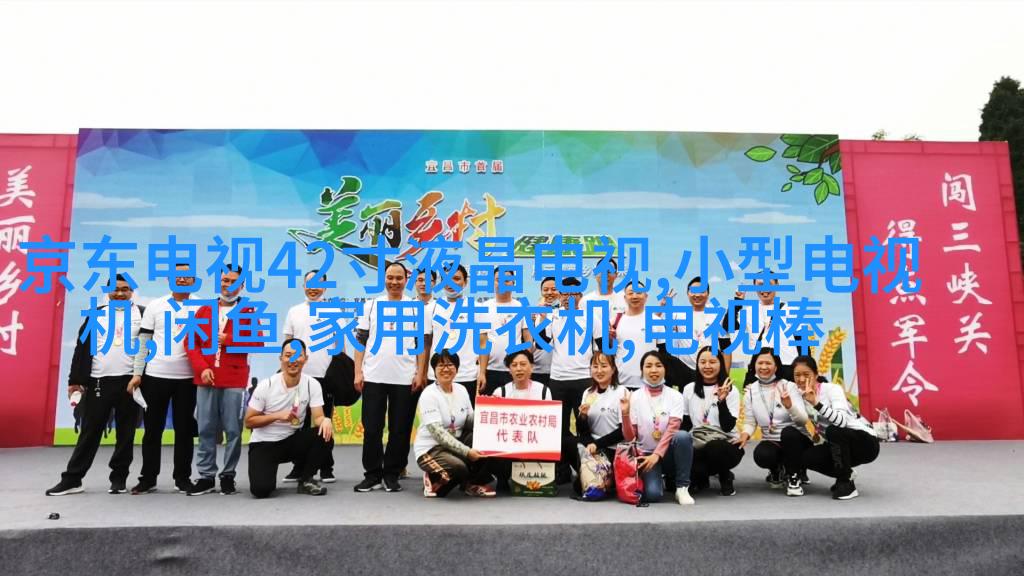
千亿取暖市场暗战最冷春节市场部三大职能展现人物英勇
在这场千亿级别的取暖市场“暗战”中,市场部三大职能——产品研发、营销推广和客户服务—are all crucial in shaping the outcome. As we dive into the heart of winter, with temperatures plummeting and a fierce battle for market share unfolding, let's explore how these functions are being played out.

Firstly, product development is key to success in this industry. Companies must constantly innovate and improve their offerings to meet the evolving needs of consumers. For instance, Liu Yang from Wuhan purchased a split-type electric heater during the early months of winter when temperatures dropped sharply. He found that his room became extremely dry due to using an air conditioner at high heat settings, but after installing the heater, he felt much more comfortable.
According to data from JD.com and Tmall, sales of heating appliances skyrocketed during Double 11 last year. Electric heaters saw a significant increase in sales volume and revenue growth compared to previous years. This trend highlights the growing demand for efficient and effective heating solutions as people become increasingly aware of their health concerns.

However, despite this surge in demand for electric heaters, it's worth noting that they are not always suitable for every household or region due to factors such as limited space or differing preferences among consumers. In some areas where central heating systems prevail like Qinling Mountains area southward along Huai River regions tend towards smaller-sized devices which include air conditioning (heat mode), gas boilers or other small-scale warming products mainly owing their popularity mostly because they cost less than larger models yet still provide warmth effectively.
Furthermore while there are numerous types of electrical heaters available on market ranging from foot warmers (knee-high) through European-style fast-heating stoves down to heated mats & blankets plus infrared & red-light based ones — each catering specific requirements — most consumers only purchase two-three units annually making retailers wary about stocking up on inventory thus keeping prices higher than expected; meanwhile cheaper options often come bundled with safety risks.

The reality is that not everyone seeks comprehensive home heating solutions via large-scale appliances but instead opt for localized warming methods like heated shoes/soles & foldable warmers priced below $100 per unit with over 100% growth rate last year alone proving consumer acceptance toward affordable add-ons rather than investing heavily into one-time purchases especially given current economic conditions impacting purchasing power globally speaking
Now consider regional variations regarding take-up rates across different cities: “Take-home” report by JD.com reveals many localities use electricity-based solutions primarily since affordability is top priority; conversely places such as Jiangxi province value clothing items designed specifically against cold weather above anything else while certain regions prefer compact portable heat sources offering rapid relief without breaking bank further highlighting diversity amongst customer preferences even within same geographical boundaries

Lastly let’s examine how established players fare amidst ongoing competition: Chinese brand Midea ranks #1 followed closely by GREE who boasts diverse range including non-electric products albeit neither companies make substantial profits solely relying on their respective niches namely taking advantage opportunities presented through diversifying portfolios beyond core business segments
In conclusion amid intense rivalry fueled by expanding need coupled together with various strategies employed both offline retail outlets alongside e-commerce platforms witness shifts between different categories illustrating no single winner emerges—market dynamics dictate continuous adaptation leading future prospects ever-changing landscape wherein new entrants cannot rest assured success guaranteed




